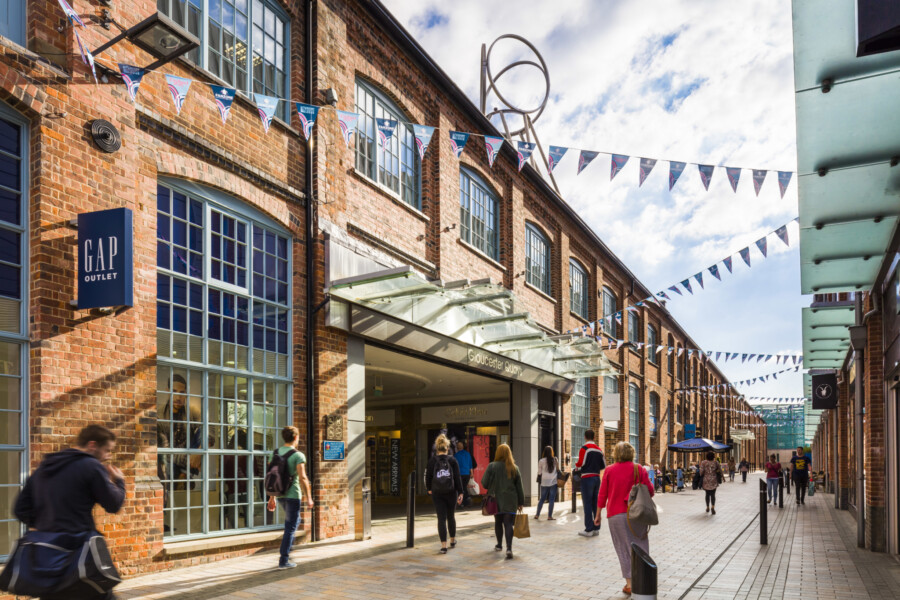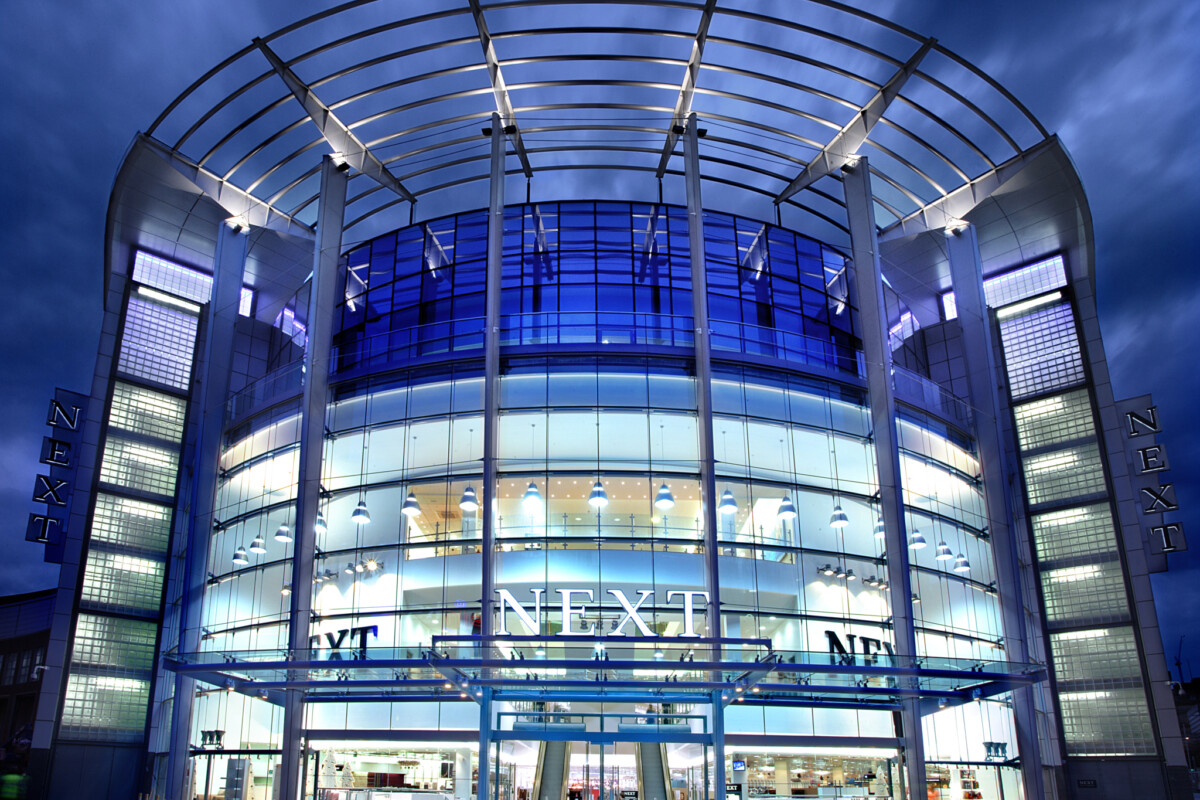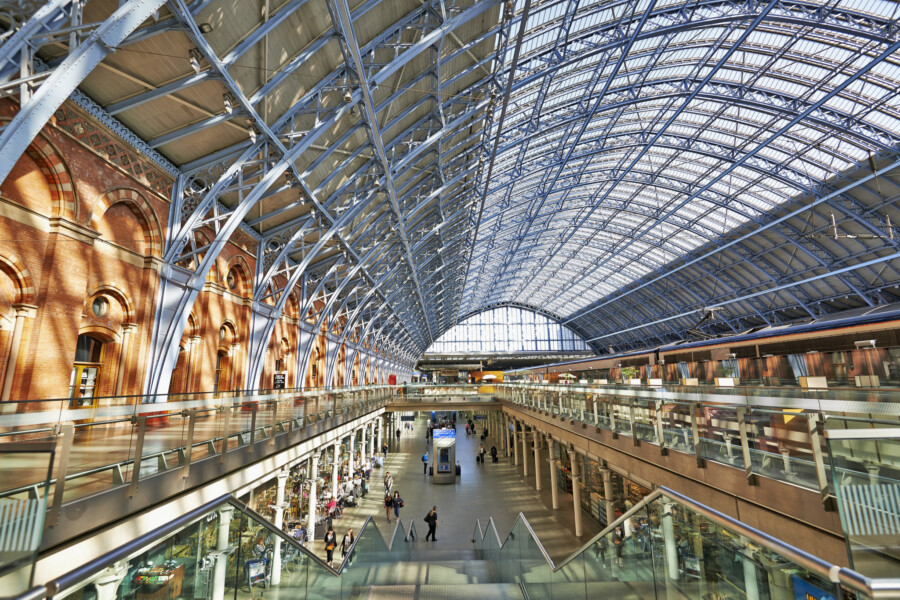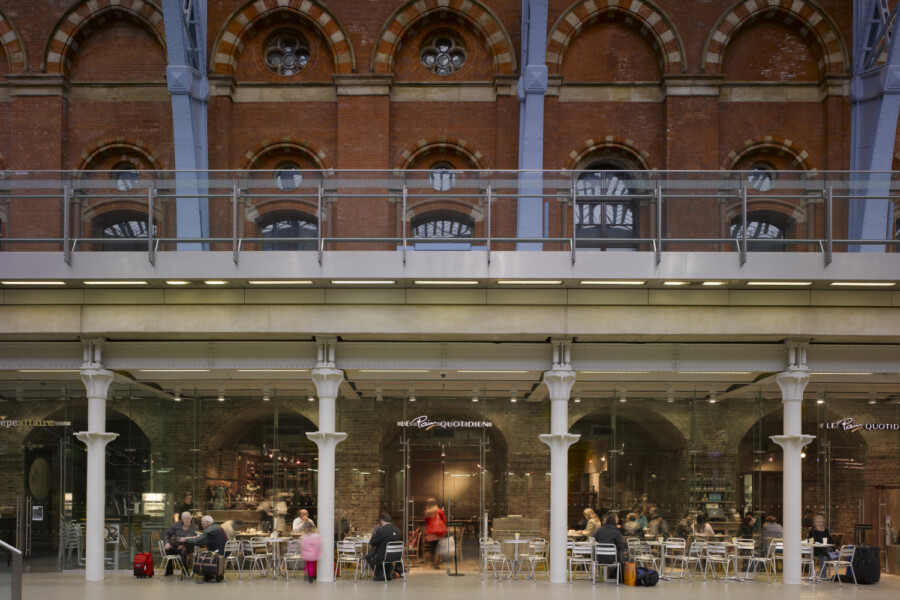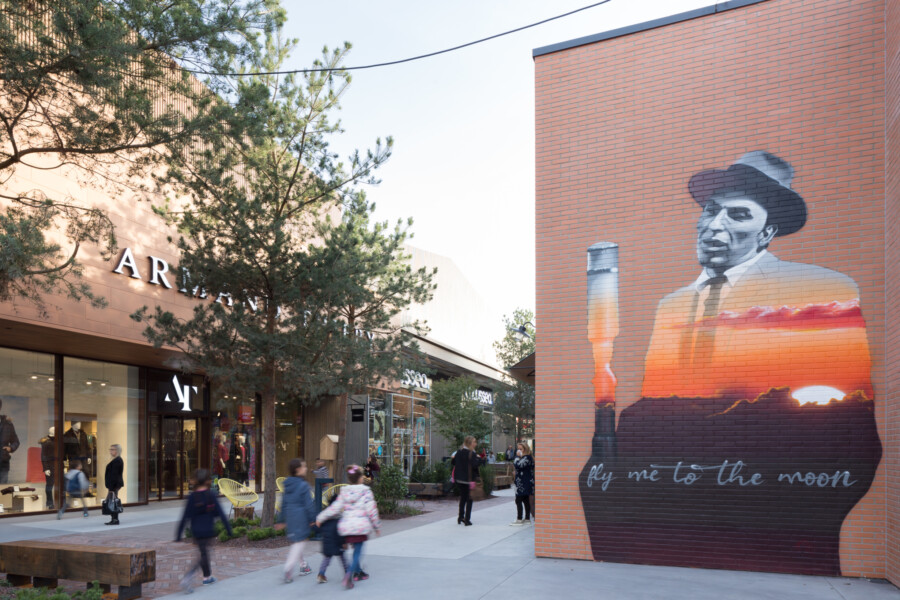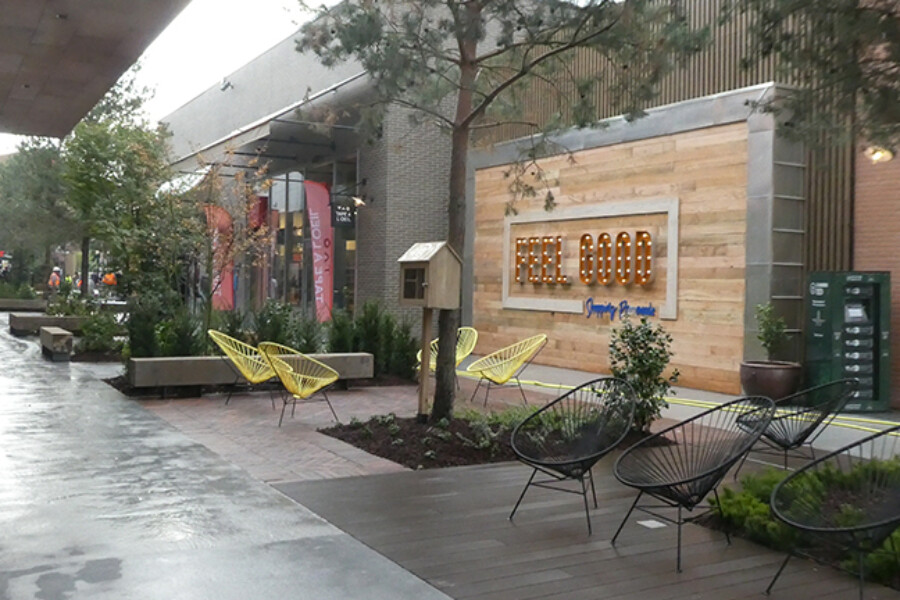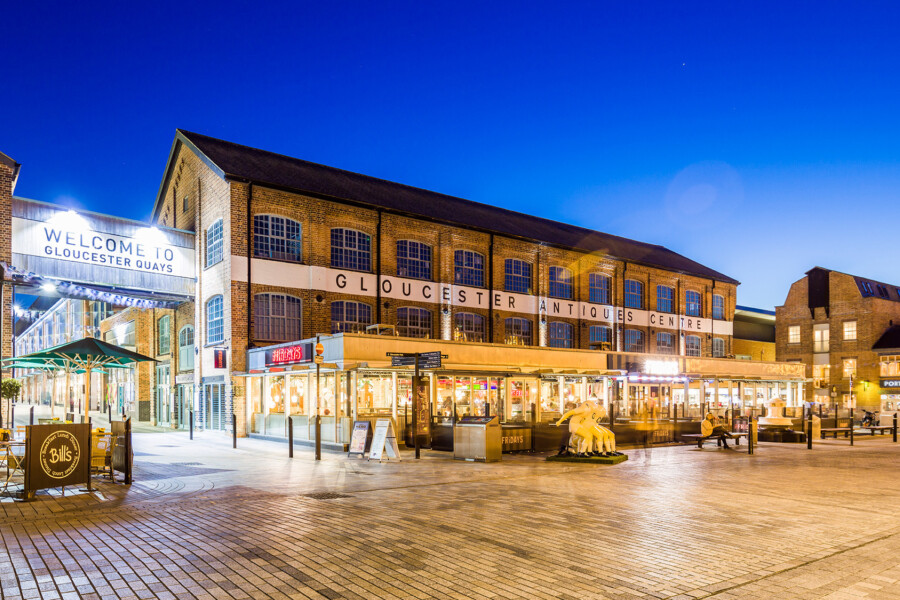
Asset Enhancement: The art of unlocking hidden value in retail developments
Chapman Taylor is currently renovating, reconstructing and rethinking a diverse range of retail projects across the world, adding value in innovative ways. Our work in markets around the world provides us with an unrivalled breadth of insight into what makes for a successful transformation.
In this paper, Director Jon Grant looks at the design strategies required for a successful asset transformation project and the commercial gains which can result when it is done well.
Gloucester Quays asset enhancement saw footfall dramatically increase for both the leisure and retail offer and the nighttime economy
The growth in demand for asset enhancement
Across the UK and Europe, the era of the monolithic, retail-dominated shopping centre is coming to an end. We are seeing fewer and fewer new-build shopping centres of the type which was common in the 1970s and 1980s. Rather, shopping centre operators are looking to renew, reconstruct, extend and reinvent their assets to meet the challenges of competing in the age of digital retail.
The phenomenon also extends further than shopping centres – the owners of transport hubs such as railway stations are increasingly alive to the possibilities that their central locations open up in terms of adding retail and other uses to create brand new, attractive (and lucrative) communities.
Chapman Taylor identifies ways in which to add value to existing schemes with well-considered design. We have worked with countless clients to transform developments of all types and sizes, helping to economically boost what were tired or out-dated environments. We have a strong insight into what makes for a commercially successful asset enhancement strategy.
What visitors are looking for
A successful asset enhancement project has to put the desires of potential customers at the centre of every design decision made. That first requires a detailed understanding of the market, including its possible future directions.
To create a popular, commercially feasible and future-proofed environment, developers, operators and retailers need to know what people now expect from these environments – it is no longer a quick in-and-out transactional visit, but rather an event. For designers, this means that there should be an emphasis on placemaking.
We are seeing a rise in experiential retail – including concept stores where products are exhibited, browsed and tested without an expectation of buying at that point – more akin to retail showrooms than shops as they are traditionally conceived. Brands such as Samsung, Gentle Monster and Japan House now provide an immersive visual display where products are exhibited like museum pieces. This phenomenon should be taken into consideration in deciding on a retail mix in a transformed centre.
Adding F&B and leisure provision, in particular, is crucial to a successful asset enhancement project – encouraging visitors to dwell and spend and helping to create a sense of community. The better the mix, the more of a sense of place is instilled, and this can be further encouraged by providing event space – both within stores themselves and in key common areas throughout the centre. The result is that elusive goal desired by all owners, operators and retailers – an experience.
Other ways to create that community experience include:
- Market spaces
- A continually refreshed mix of offers
- Smaller/independent retailers and F&B outlets
- Event/performance/entertainment space
- Seasonal and one-off pop-up retail shops
- Seamless connections with the surrounding community
- An all-day, all-evening experience
How to attract (and keep) visitors in a digital age
The following are among the key features which should be borne in mind when rethinking the nature and form of a retail development:
Curation from the point of arrival – the visitor experience should begin on arrival, with a curated experience starting at the site entrances drawing people in and pointing them to key attractions.
Third spaces – using previously overlooked space for retail areas, pop-ups, events and installations is becoming much common. Potentially valuable space should not be wasted.
Mixing uses – we are increasingly seeing the incorporation of F&B, leisure and hospitality spaces into retail, creating a more dynamic and attractive environment for those who shop there. Successful retail is now all about creating an all-day experience.
Made-to-measure – what’s currently trending might not suit your needs; design must carefully cater to the specific requirements in each and every case.
Shopping Promenade Coeur Picardie is recognised by the Ministry of Industry and Foreign Trade in France as being a new template for the French retail market
The economic uplift
Among the retail transformation projects on which Chapman Taylor has worked in recent years, the below are just a few of many examples of the commercial success that can be achieved with a well-thought-out strategy and a meticulous design:
Leeds Trinity: Trinity has had an extraordinary socio-economic impact on the local area – it receives 23 million visitors each year, with the city of Leeds reporting an increase in overall visitor numbers of two million since it opened in 2013. The ‘Trinity Kitchen’ street food concept has proved so successful that Landsec rolled the concept out at some of its other properties, such as at Glasgow’s Buchanan Galleries. Revenue and visitor numbers quickly exceeded initial expectations by far, and Trinity Kitchen has set the benchmark for shopping centre F&B provision for all of Europe.
Manchester Arndale: Since redevelopment, Manchester Arndale hosts 38 million visitors every year, and is now Europe’s busiest city centre shopping mall.
Gloucester Quays: Footfall has increased from 1.7 million in 2009/10 to over 7 million in 2017/18, and average customer spend has risen by 29% – driving economic growth in the area.
Oxford Westgate: Within a year of opening, Oxford city centre has seen a 20% rise in shoppers, a 34% increase in total transactions and a 2% decline in online turnover within the catchment (bucking the national trend).
Our Asset Enhancement team has a wealth of knowledge and experience in creating dynamic and complex design solutions for existing developments, and possesses the resources to implement them. Chapman Taylor has an industry-leading record in adding value to existing developments, from shopping centres and leisure venues to office blocks, hotels and transport hubs. Clients come back to us repeatedly for our asset enhancement services because they know that we can spot economic opportunities in even the most challenging projects.
